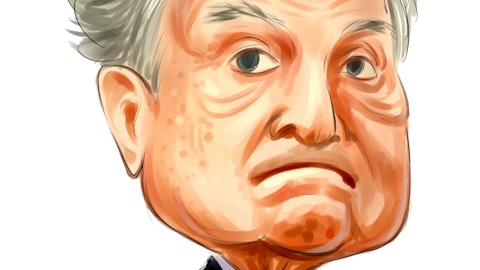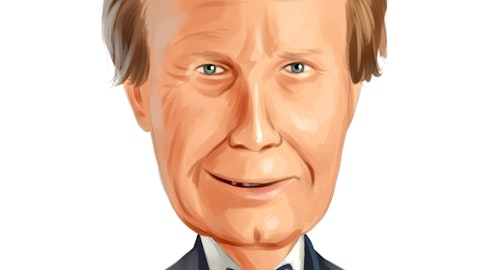Sometimes, journalists’ explanations of movements in asset prices are easily mocked: “stocks rise as investors become more confident about Europe” one day, followed the next by “stocks fall as investors become more concerned about Europe.” But we’re pretty confident that the rise in prices at gun companies Smith & Wesson Holding Corporation (NASDAQ:SWHC) and Sturm, Ruger & Company (NYSE:RGR) on November 7th against a falling market was primarily driven by President Obama’s re-election. Smith & Wesson closed on November 6th up 286% from when he took office on January 20th, 2009 (almost four years ago, obviously) and Ruger was up over 600%. Concern that the federal government will further regulate sales of guns- and, in some quarters, fear that it will actually try to prevent even responsible owners from buying them for hunting or self-defense- has driven up demand, and the market seems to be theorizing that this trend will continue. Smith & Wesson was up about 8%, and Sturm, Ruger about 5%.
The first quarter of Smith & Wesson’s fiscal year ended in June, with sales rising 59% versus the same quarter a year earlier. Operating expenses actually fell- apparently the company didn’t need to spend as much on sales and marketing- and Smith & Wesson Holding Corporation posted $17.8 million in earnings, up from about $800 million a year earlier. Working capital ballooned, but the company was able to convert over half of its earnings into operating cash flow. Sturm, Ruger & Company, which has a standard fiscal year, reported a 47% increase in revenue during the third quarter compared to the same period in 2011; its margins were up as well, and so the growth rate of earnings at that company was slightly higher. This gunmaker didn’t increase its working capital as much, so surplus cash was used to buy marketable securities.
Smith & Wesson Holding Corporation trades at 21 times trailing earnings (and only 12 times consensus estimates for the fiscal year ending in April 2014) while Sturm, Ruger & Company carries a trailing P/E of 15. We would expect that at some point these companies’ growth would have to slow, and possibly even go negative, as the run on gun sales dies down. So perhaps some caution is warranted for investors looking to get in now. About a month and a half ago we had noted an insider purchase at Smith & Wesson; the same insider had also been buying shares in March (read about the insider purchase).
Our database of hedge funds shows that the largest investor in gun stocks at the end of June- according to 13F filings- was Renaissance Technologies, whose founder Jim Simons is a multi-billionaire thanks to the fund’s good returns. At the end of the second quarter Renaissance owned 2.2 million shares of Smith & Wesson and 1 million shares of Sturm, Ruger (find more stocks that Renaissance owned). David Gallo’s Valinor Management initiated a position of about 280,000 shares in Sturm, Ruger between April and June (see more stock picks from Valinor Management).
We would compare the gunmakers to TASER International, Inc. (NASDAQ:TASR) and to sporting goods stores Cabelas Inc (NYSE:CAB) and Dicks Sporting Goods Inc (NYSE:DKS). Taser trades at a high premium to the gun manufacturers: its trailing and forward P/Es are 90 and 36, respectively. It revenues have been up, and this drove a large increase in net income last quarter compared to a year ago, but that pricing is too high for us. The sporting goods stores- which sell guns and other hunting equipment, but certainly aren’t overly exposed to gun demand- trade at forward earnings multiples in the teens. Cabela’s, which has more of a concentration on hunting and fishing activities, saw its earnings come in 29% higher last quarter than in Q3 2011; Dick’s experienced a decline in earnings.
We don’t think that sporting goods stores look good against other retailers, and the gun manufacturers seem better priced if an investor has confidence that the high gun sales theme will continue. As we’ve noted, however, we think that the market has to hit saturation at some point and think that potential buyers should check their growth assumptions closely.





